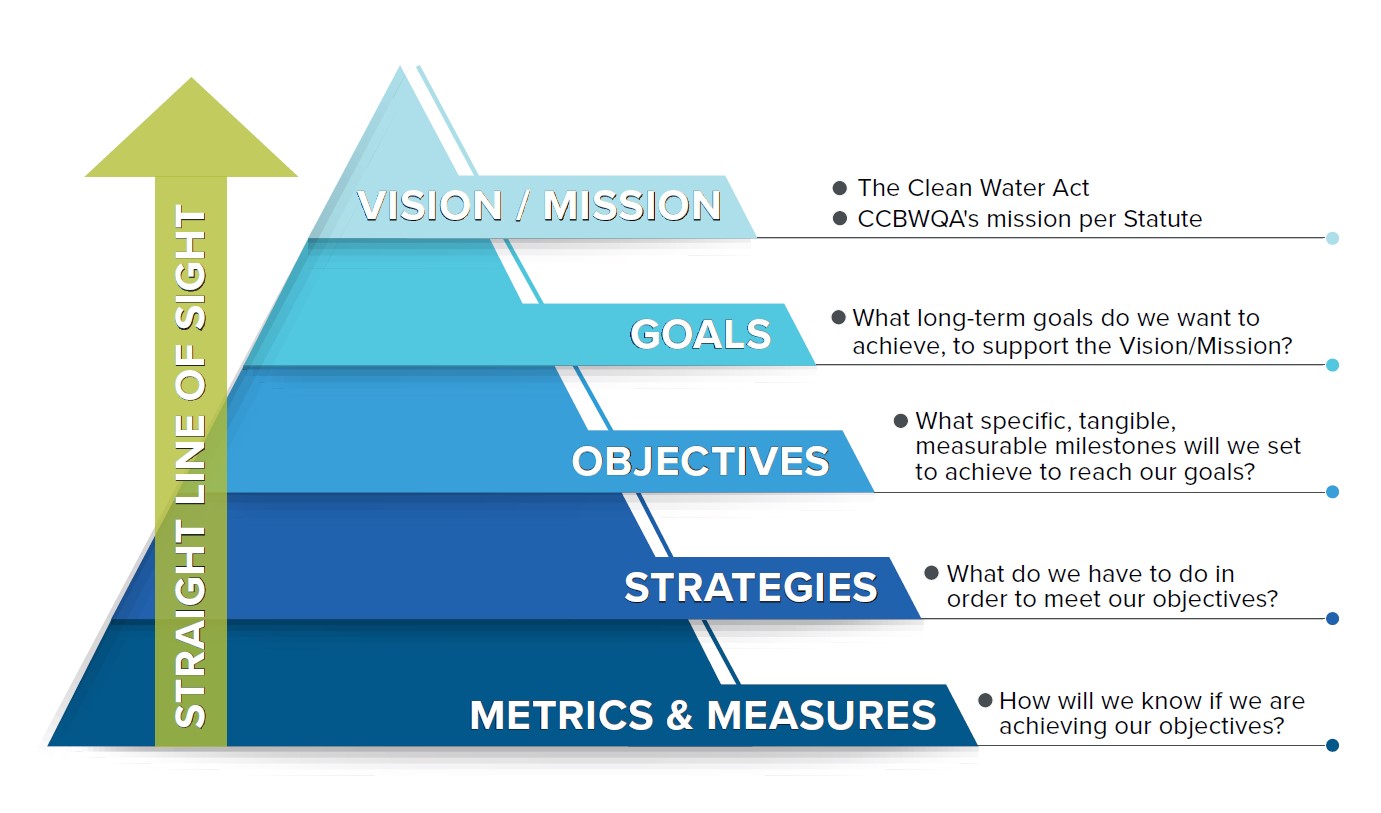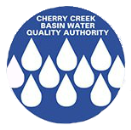
Planning
Planning Overview
CCBWQA conducts two general types of planning:
- Strategic planning related to its mission and goals and
- Specific project planning for pollution abatement projects.
Vision and Mission
The objective of the Federal Clean Water Act is to restore and maintain the chemical, physical, and biological integrity of the nation’s waters. CCBWQA’s vision is to implement this vision in the Cherry Creek Reservoir Basin. CCBWQA strives to:
- Improve, protect, and preserve water quality in Cherry Creek and Cherry Creek Reservoir for recreation, fisheries, water supplies, and other beneficial uses.
- Provide for effective efforts by counties, municipalities, special districts, and landowners within the basin in the protection of water quality.
- Promote public health, safety, and welfare.
Goals
- Use effective stewardship to implement sustainable Reservoir and watershed water quality management strategies.
- Implement an efficient and effective organization with the expertise to achieve results.
- Work with Member Entities and Stakeholders to enhance partnerships on water quality policies and projects.
- Continue to develop leading edge, innovative water quality solutions.
- Adapt as needed.
Objectives
- Better understand Reservoir and watershed dynamics and linkages.
- Identify the right "mix" of sustainable strategies that will preserve and enhance water quality for beneficial uses and/or prevent negative water quality impacts.
- Ensure that the CCBWQA Board maintains an adaptable organizational structure and expertise so it can efficiently identify, prioritize, and implement Authority initiatives, and respond to requests.
- Enhance partnerships with Member Entities and Stakeholders to leverage resources, resulting in improvement, protection, and/or preservation of water quality beneficial uses, and prevention of negative water quality impacts.
- Effectively and efficiently participate in Regulatory Activities that impact water quality.
- Continue as leader and laboratory.
Pollution Abatement Project Planning
CCBWQA plans for future Pollution Abatement Projects. These planning efforts help to identify future projects, estimate water quality benefits, and inform prioritization for inclusion in the 10-year Capital Improvement Program.
- Sulphur Gulch, Sara Gulch, Tallman Gulch & Tall Tributary Master Drainage Plan: In 2024,CCBWQA partnered with MHFD, Parker and Douglas County on scoping and consultant selection for an upcoming master drainage plan for several minor tributaries. CCBWQA intends to support and participate in the master planning effort which will start in 2025.
- Cherry Creek Mainstem Assessment: IPartners within the Cherry Creek basin including CCBWQA, SEMSWA, City of Aurora, Town of Parker, Douglas County, and MHFD (leading the effort) have been developing a Cherry Creek Mainstem Assessment that will incorporate and update the findings of the Cherry Creek Mainstem Assessment by Muller performed in 2020. The goal is to develop a shared GIS tool/map that is accessible to all partners and can be updated annually by each partner for the portion of the channel within their jurisdiction. The tool is expected to go “live” in 2025 showing maintenance or potential CIP project needs, such as: bank damage, beaver activity, debris/tree removal, sediment removal, trail damage, and vegetation management. The living map is intended to serve as an interim assessment until future full-length assessment is required.
Emerging Regulatory Issues
CCBWQA actively participated as a party in the WQCC 2023 Regulation 38 “Lakes Nutrients Criteria'' RMH in April 2023 2023. At this RMH, the WQCD adopted chlorophyll-a, total phosphorus and total nitrogen standards for certain reservoirs in Colorado with a delayed effective date after December 31, 2027. CCBWQA plans to propose site-specific phosphorus and nitrogen standards in Cherry Creek Reservoir at the Regulation 38 rulemaking hearing in 2025 based on unique conditions in the Cherry Creek watershed. In 2023, CCBWQA shared its initial proposal for site-specific phosphorus and nitrogen standards with the Water Quality Control Division, EPA, and Colorado Parks and Wildlife.
